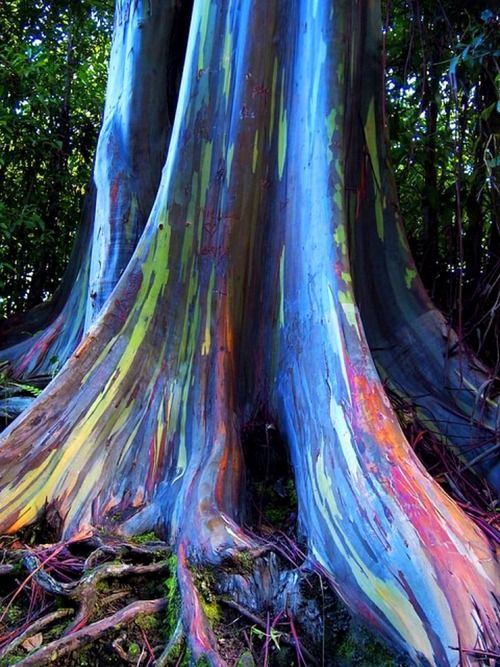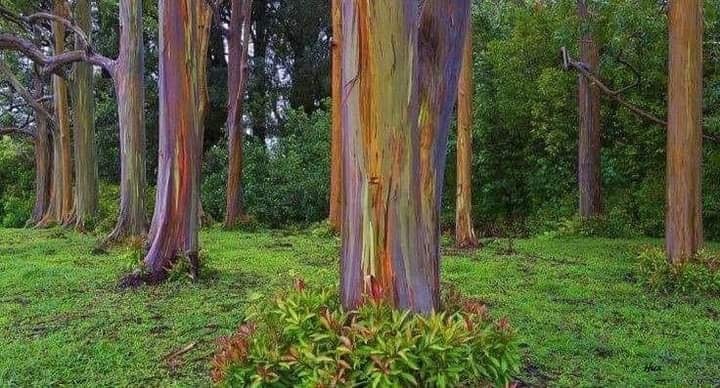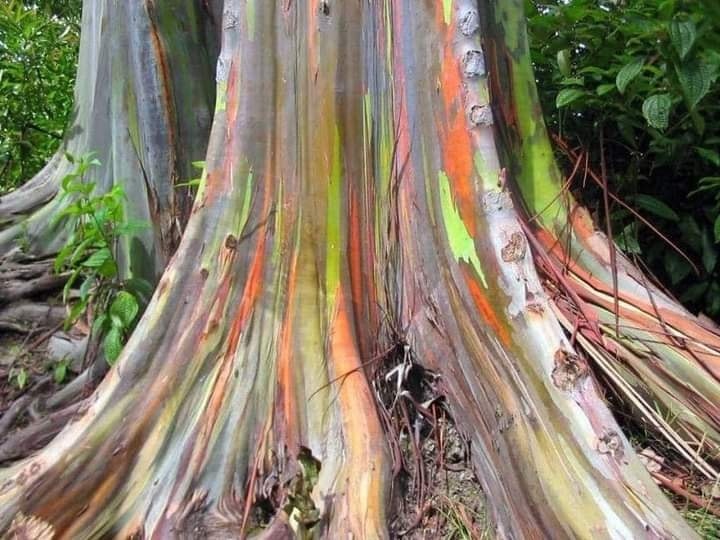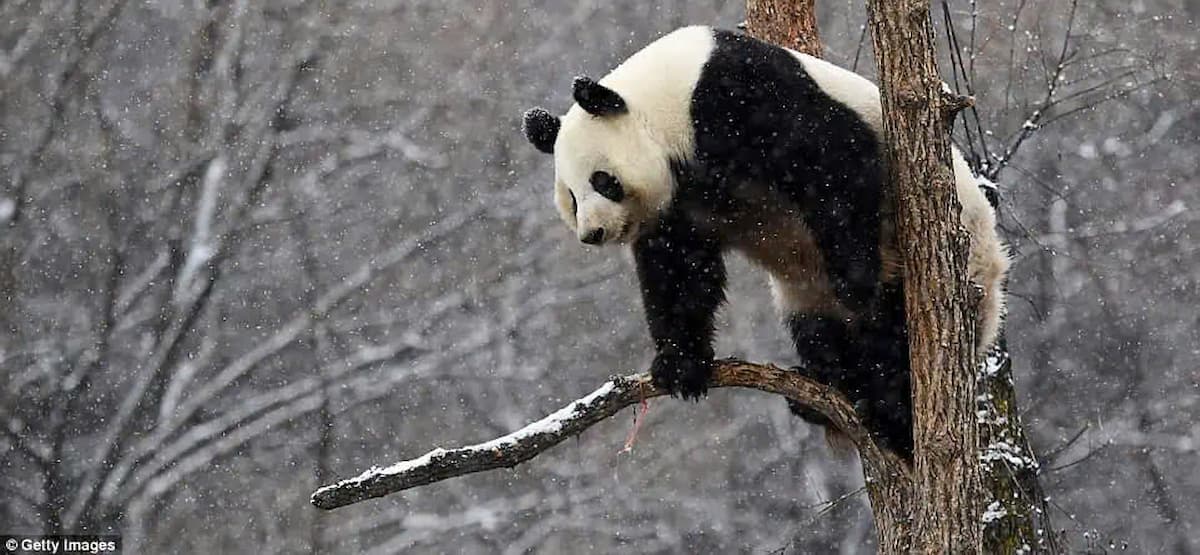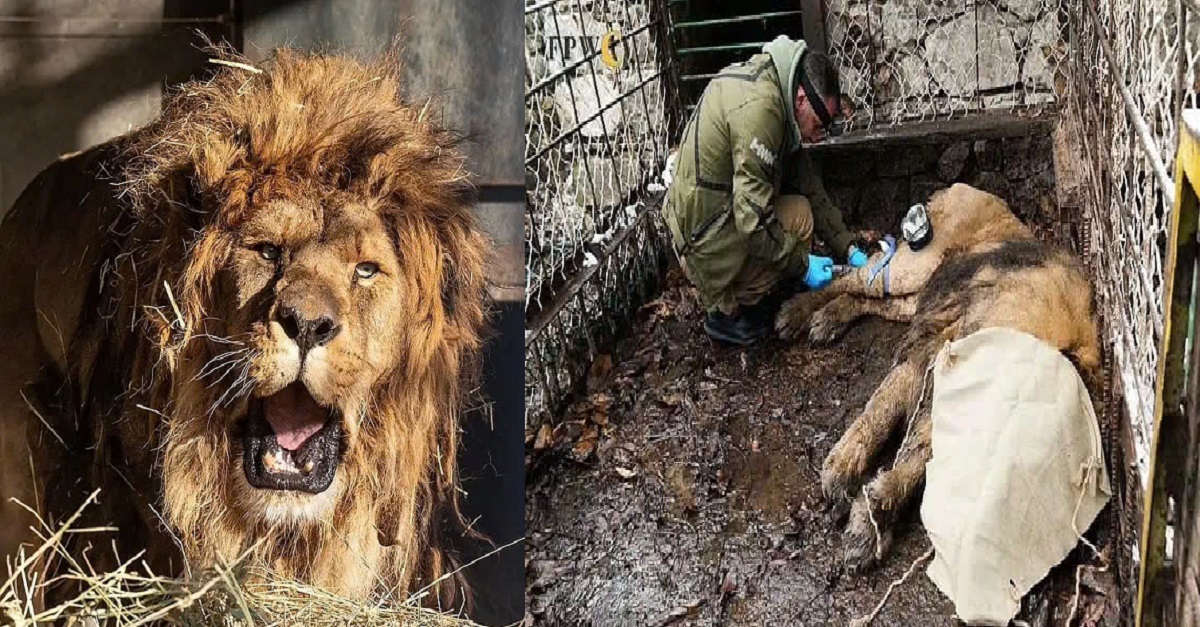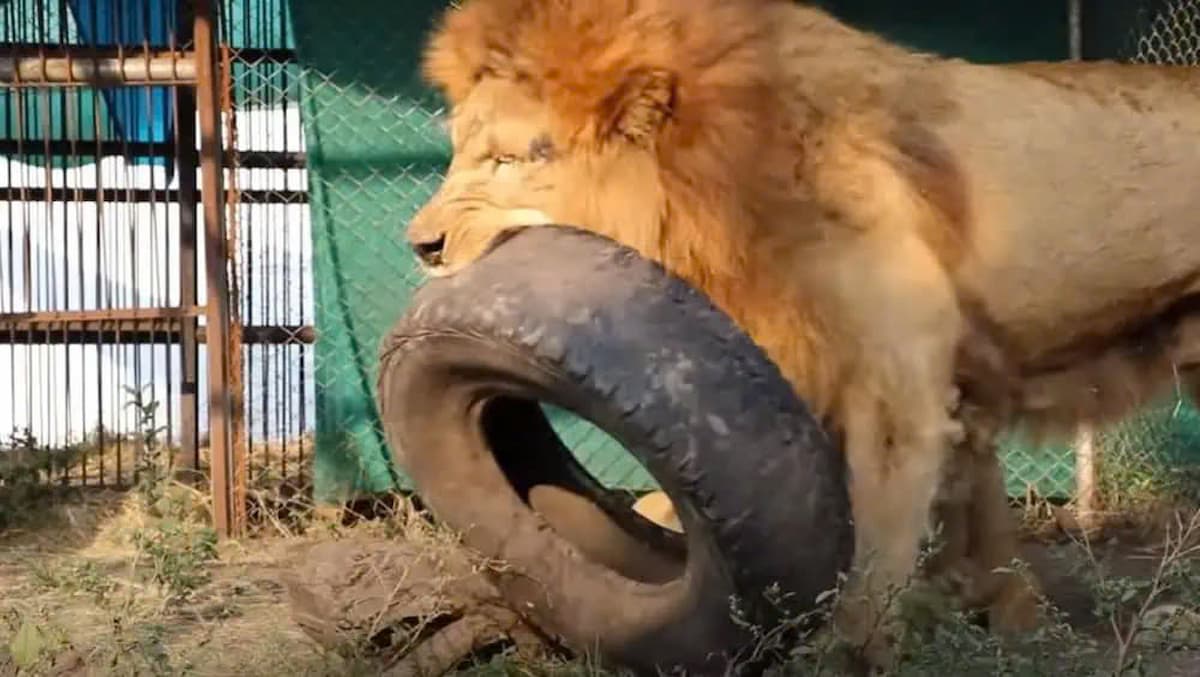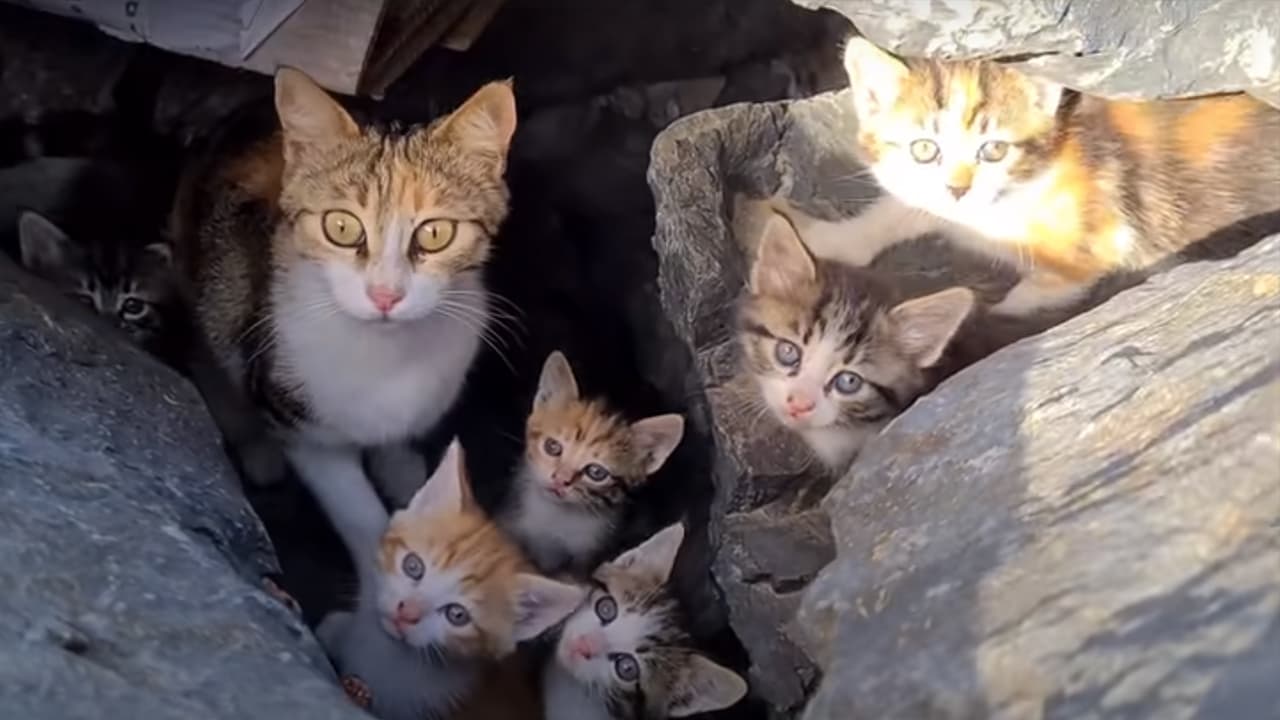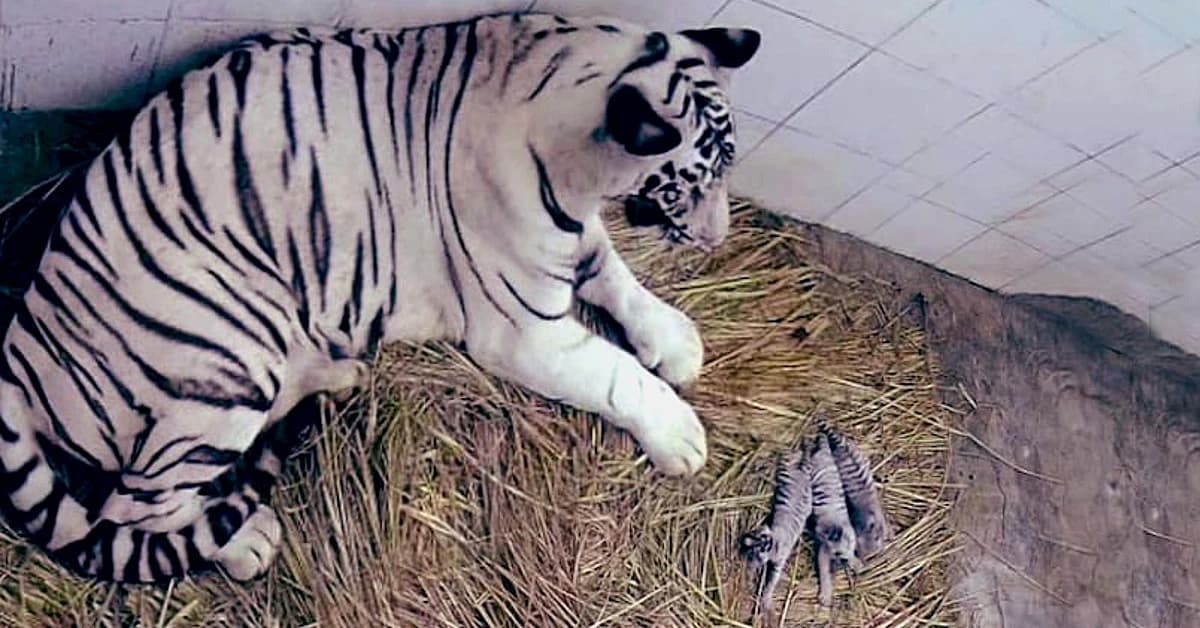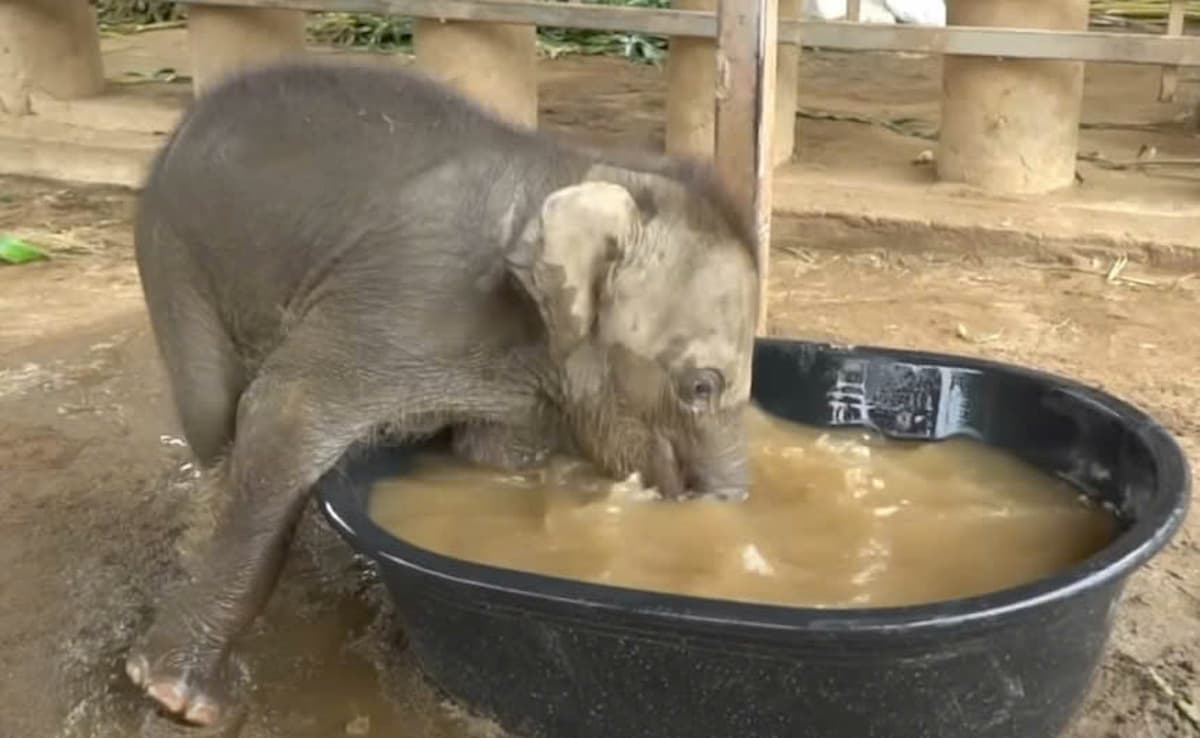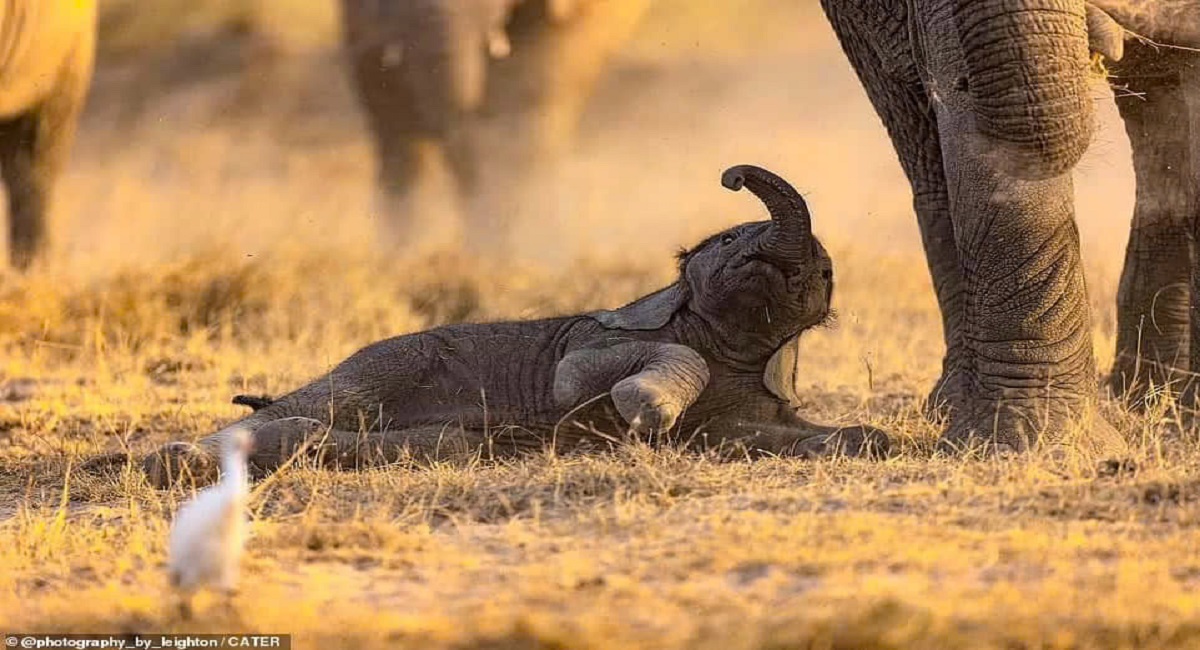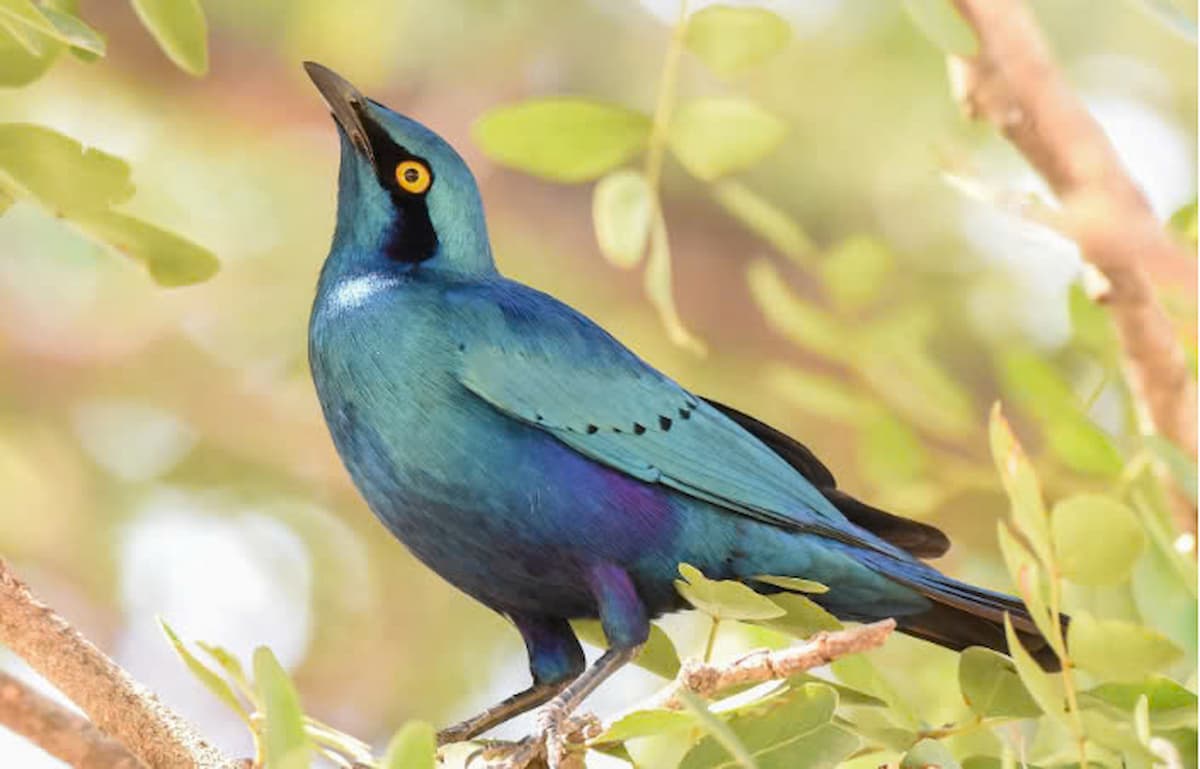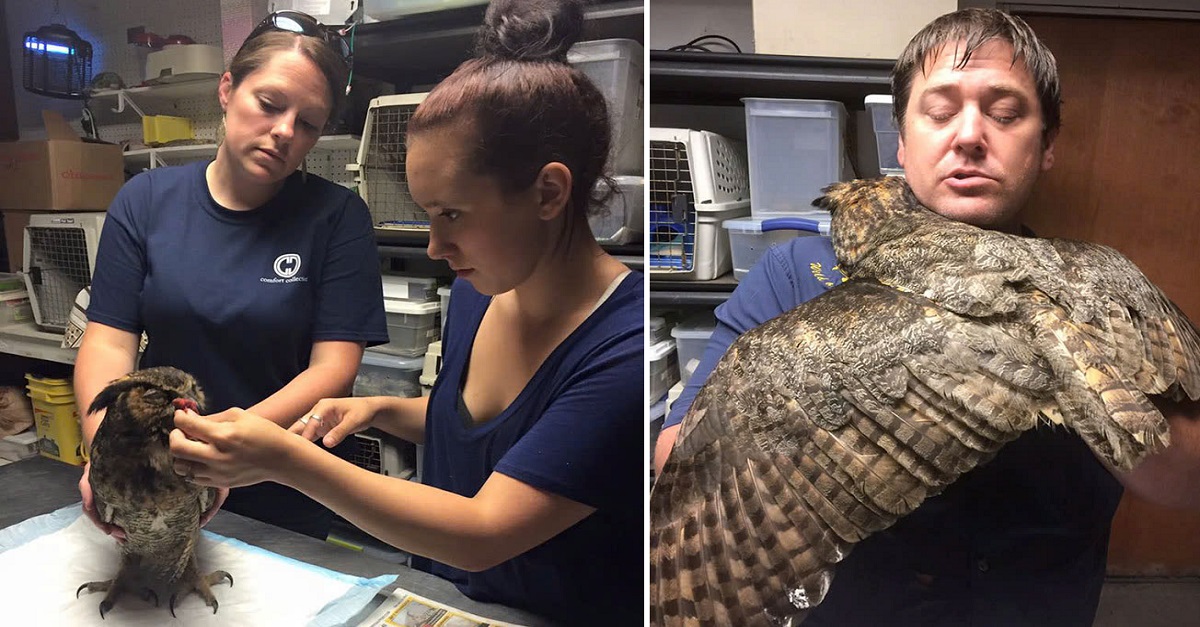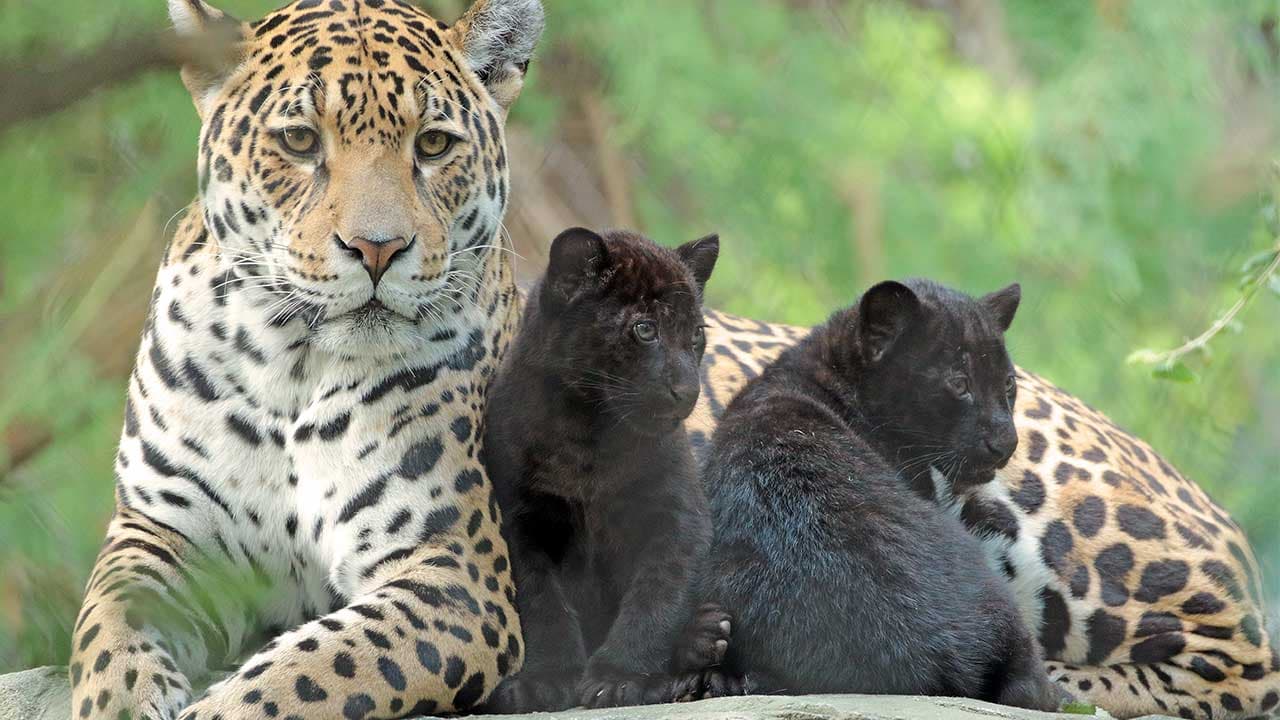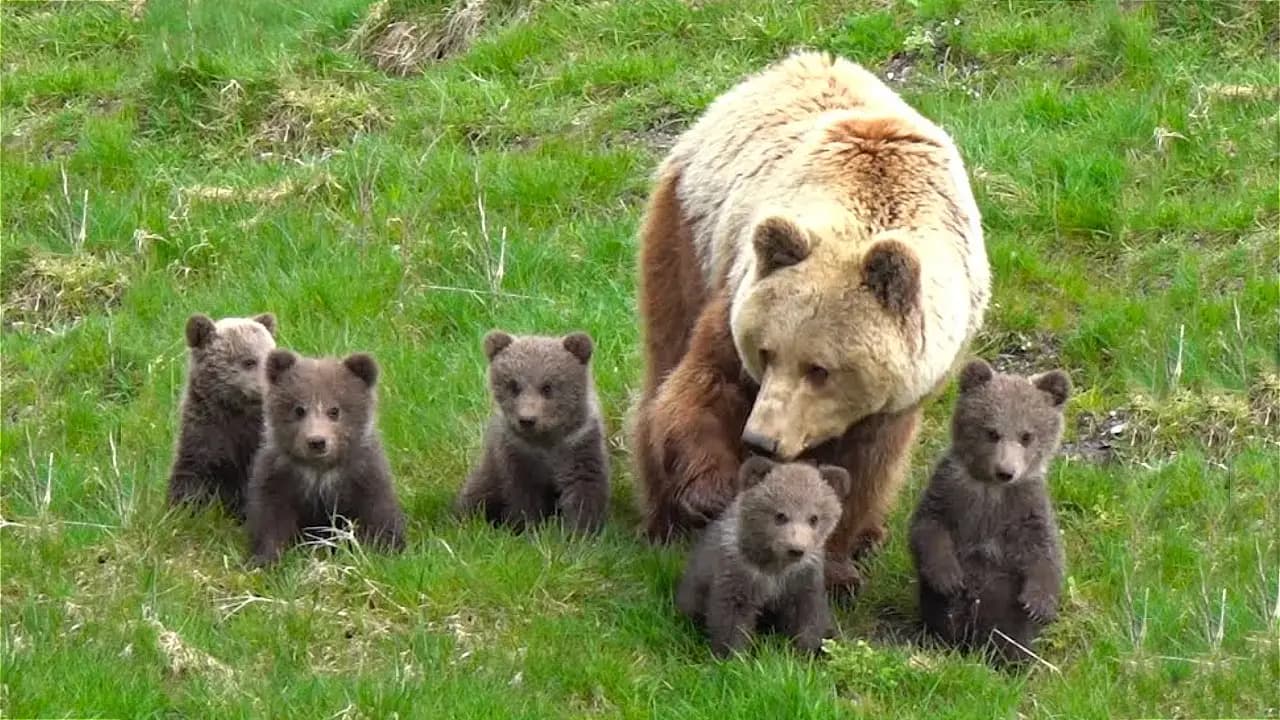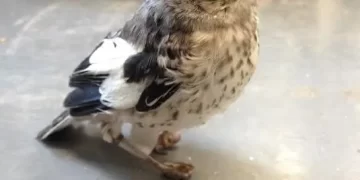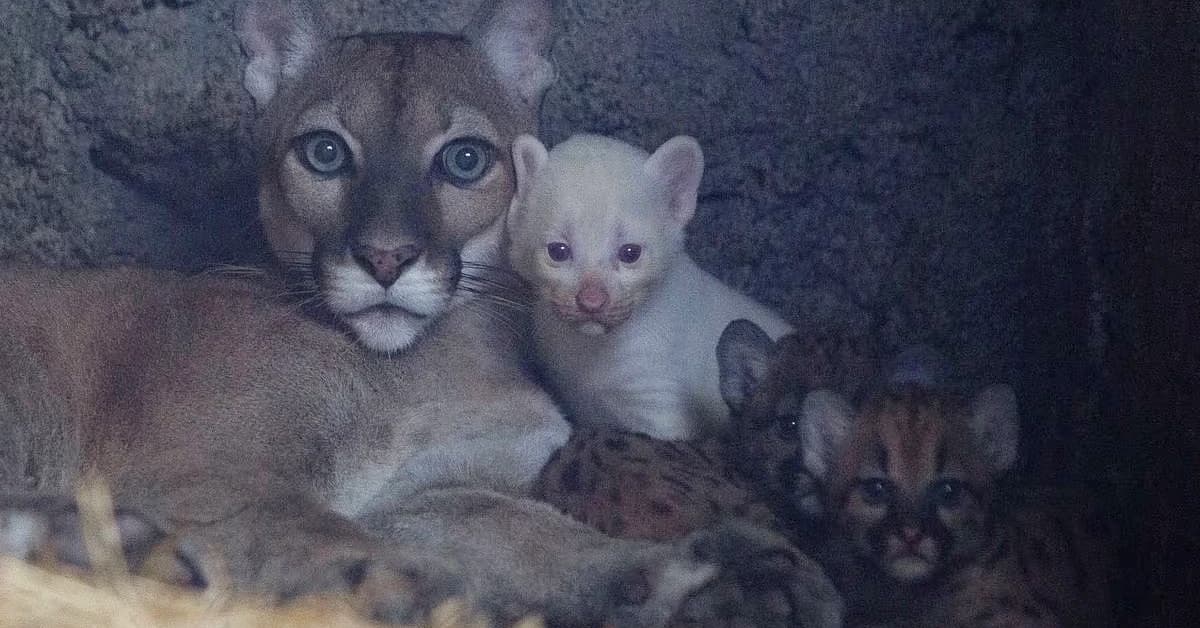Imagine walking in a forest and seeing Eucalyptus trees — unmistakable with their astringent fragrance — so colorful you’d have to assume you’d stumbled upon a sight-specific art installation

As rainbow eucalyptus (Eucalyptus deglupta) sheds its bark, it reveals a neon green inner layer. Over time, as this layer is exposed to air, it ages into different colors—bright reds, oranges, blues, pinks and purples.
The different colors appear as different layers fall off, while other exposed areas begin aging. This process creates a spectacular visual, resembling a multi-colored crayon scratch drawing, covered with black crayon that is then scraped away to reveal the multi-colors underneath.
Also known as the Mindanao gum or rainbow gum, the rainbow eucalyptus has a high commercial value for a product that is actually colorless: its thin layers of bark are an excellent source for pulpwood, the main ingredient in white paper. It is a dominant species in pulpwood plantations, as they are naturally resistant to pest and disease issues, and are incredibly fast growers — gaining up to three feet per year.
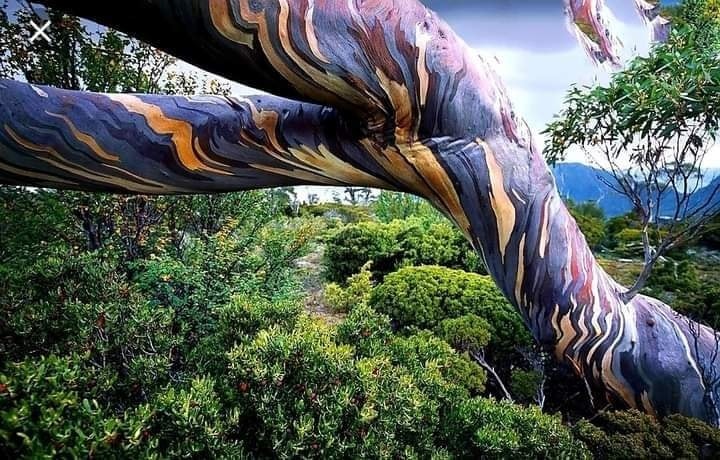
The tree produces white flowers and has moderately wide, evergreen leaves. The leaves contain glands that produce an aromatic oil. Despite its unmistakable fragrance, however, it does not produce as much oil that other eucalyptus species are well known for. And that’s okay, since this tree is a visual stunner!
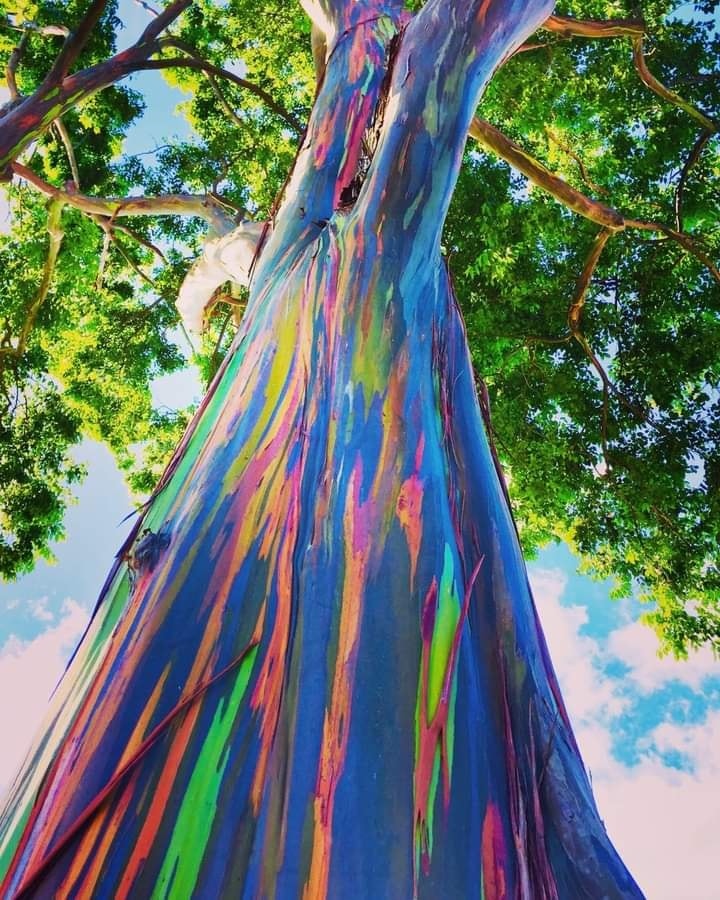
Rainbow eucalyptus is the only eucalyptus tree indigenous to the northern hemisphere. Found mainly in the Philippines, New Guinea, and Indonesia, it thrives in tropical forests that get a lot of rain — which also makes it the only eucalyptus tree to grow in the rainforest.
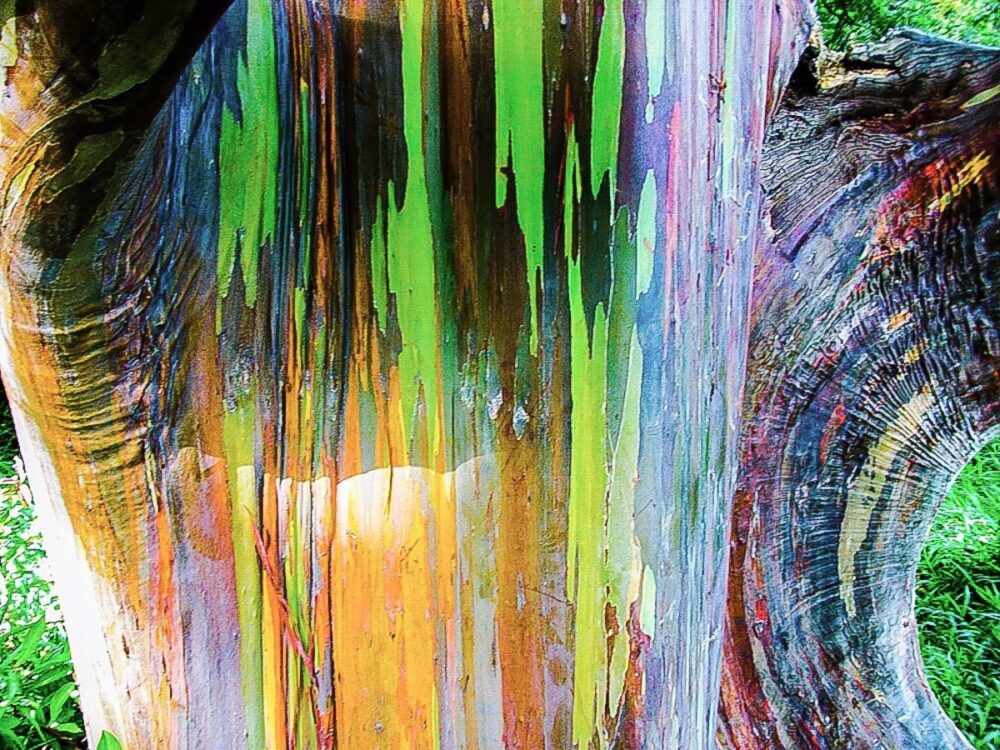
The tree grows up to massive 250 feet (76 m.) tall in its native environment. In the US, rainbow eucalyptus grows in the frost-free climates found in Hawaii and the southern portions of California, Texas and Florida. However, in the continental US, the tree only grows to heights of 100 to 125 feet (30-38 m.).